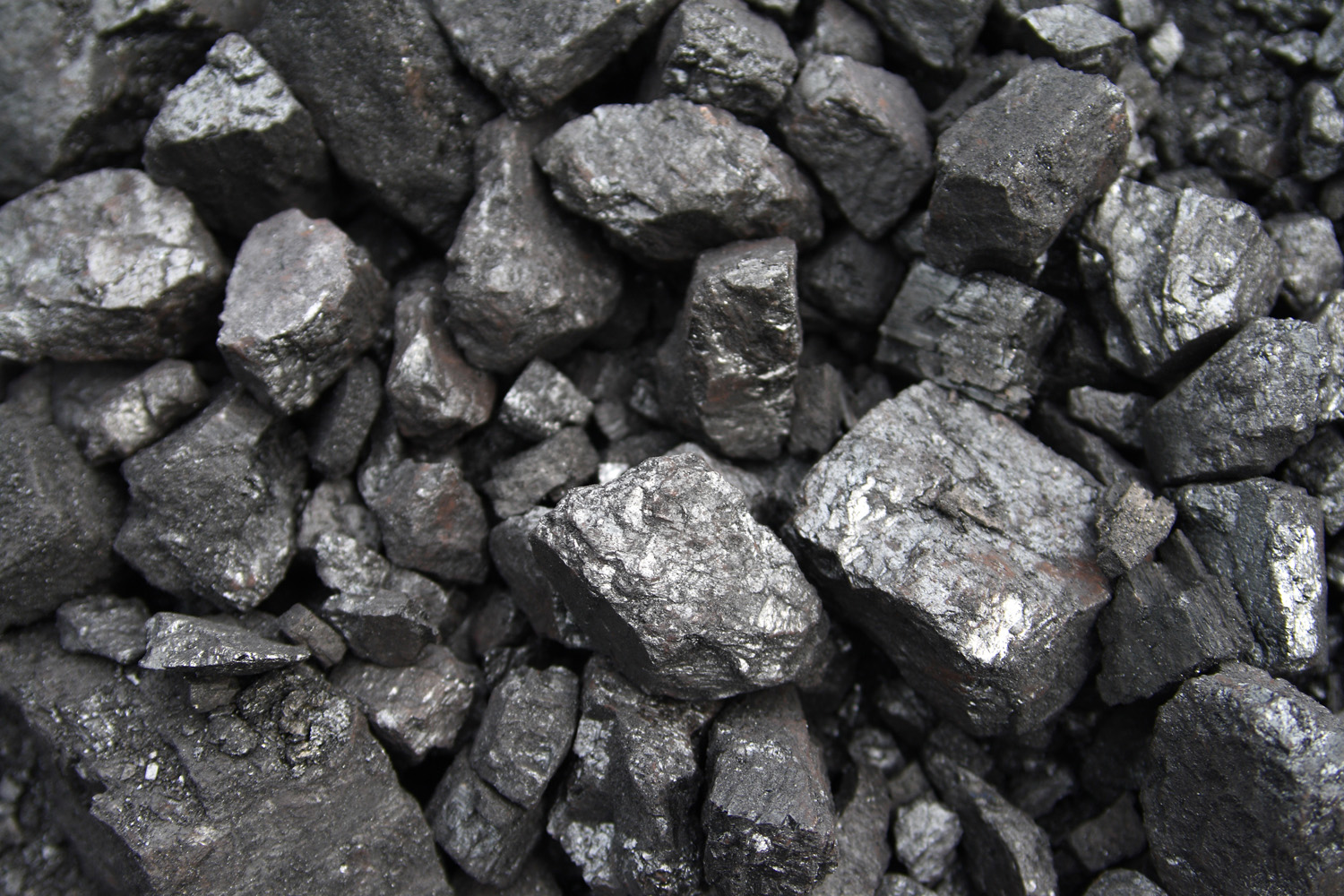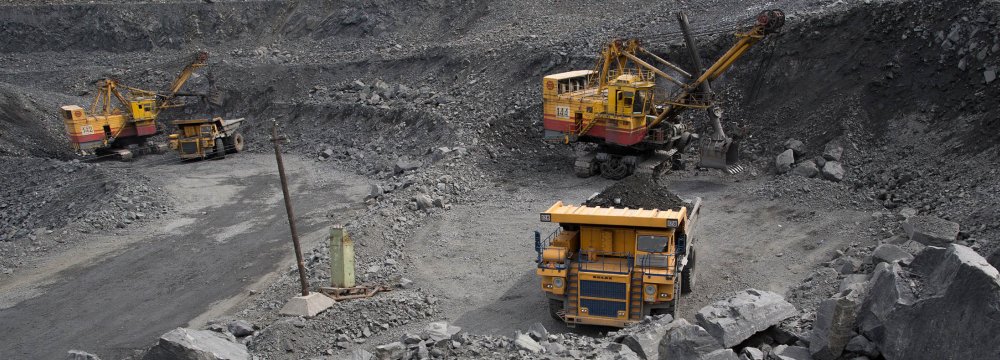
Demand for Iranian Iron Ore Strengthens IME Trading

 Demand for Iranian Iron Ore Strengthens IME Trading
Demand for Iranian Iron Ore Strengthens IME Trading
This was revealed by exchange sources who spoke to S&P Global Platts, London-based provider of energy and commodities information and a source of benchmark price assessments in the energy market.
Over 1.26 million tons of iron ore were traded on IME since the start of the current Iranian year on March 21, less than the same period of last year (2.72 million tons).
However, there has been more interest in recent weeks, according to an IME dealer.
A total of 110,000 tons of iron ore produced by state iron ore producer Jalalabad were traded on Wednesday, according to IME.
Initially, the price was $14/dry tons for 57% Fe ore but it eventually sold at $29/dmt ex-works delivery at Yazd, central Iran. Demand for Iranian iron ore had clearly risen, a trader said.
The price was lower than international prices because of the distance between the mine in central Iran and the ports in the south, plus the high cost of transportation, a local trader said.
On the off-exchange market, Iranian concentrated iron ore with 67% Fe content was trading at $55/ton, while hematite, with 62% Fe content, was trading at $31/ton FOB Bandar Abbas, southern Iran.
Iran’s iron ore output and export volume have slumped over the past two years because of the sharp drop in global prices, with 2015 production at 36 million tons, down from 56 million tons in 2013, and exports falling to 14.1 million tons from 23.6 million tons over the same period.
However, the Iron Ore Producers’ and Exporters’ Association of Iran said the trend of falling exports has halted and some 15 million tons of iron ore are estimated to be exported this year.
The Iranian government’s policy is to cap iron ore exports and replace them with more valuable products, such as pellet and steel, but this would be difficult for small private miners.
Exports have risen as a result of better prices in China and some idle mines have restarted production.
“We hope this will last for some time,” a private miner told Platts.
Alireza Siasi-Rad, the head of IROPEX, said all producers of the industrial material were recently mandated to prioritize meeting the domestic demand by offering their products at IME.
According to the official, exports can only take place if the offerings exceed IME demand for more than three consecutive trading sessions.
The government had previously called for a total ban on export of iron ore, gold and copper in their raw form, according to remarks made in July by Mehdi Karbasian, the head of Iranian Mines and Mining Industries Development and Renovation Organization–the country’s largest state-owned mining holding.
Karbasian, who is also deputy minister of industries, mining and trade, held the view that the country’s iron ore output must be exclusively used for feeding domestic furnaces.


Trump weighs using $2 billion in CHIPS Act funding for critical minerals

Codelco cuts 2025 copper forecast after El Teniente mine collapse

Electra converts debt, launches $30M raise to jumpstart stalled cobalt refinery

Barrick’s Reko Diq in line for $410M ADB backing

Abcourt readies Sleeping Giant mill to pour first gold since 2014

Nevada army depot to serve as base for first US strategic minerals stockpile

SQM boosts lithium supply plans as prices flick higher

Viridis unveils 200Mt initial reserve for Brazil rare earth project

Tailings could meet much of US critical mineral demand – study

Kyrgyzstan kicks off underground gold mining at Kumtor

Kyrgyzstan kicks off underground gold mining at Kumtor

KoBold Metals granted lithium exploration rights in Congo

Freeport Indonesia to wrap up Gresik plant repairs by early September

Energy Fuels soars on Vulcan Elements partnership

Northern Dynasty sticks to proposal in battle to lift Pebble mine veto

Giustra-backed mining firm teams up with informal miners in Colombia

Critical Metals signs agreement to supply rare earth to US government-funded facility

China extends rare earth controls to imported material

Galan Lithium proceeds with $13M financing for Argentina project

Kyrgyzstan kicks off underground gold mining at Kumtor

Freeport Indonesia to wrap up Gresik plant repairs by early September

Energy Fuels soars on Vulcan Elements partnership

Northern Dynasty sticks to proposal in battle to lift Pebble mine veto

Giustra-backed mining firm teams up with informal miners in Colombia

Critical Metals signs agreement to supply rare earth to US government-funded facility

China extends rare earth controls to imported material

Galan Lithium proceeds with $13M financing for Argentina project

Silver price touches $39 as market weighs rate cut outlook

















